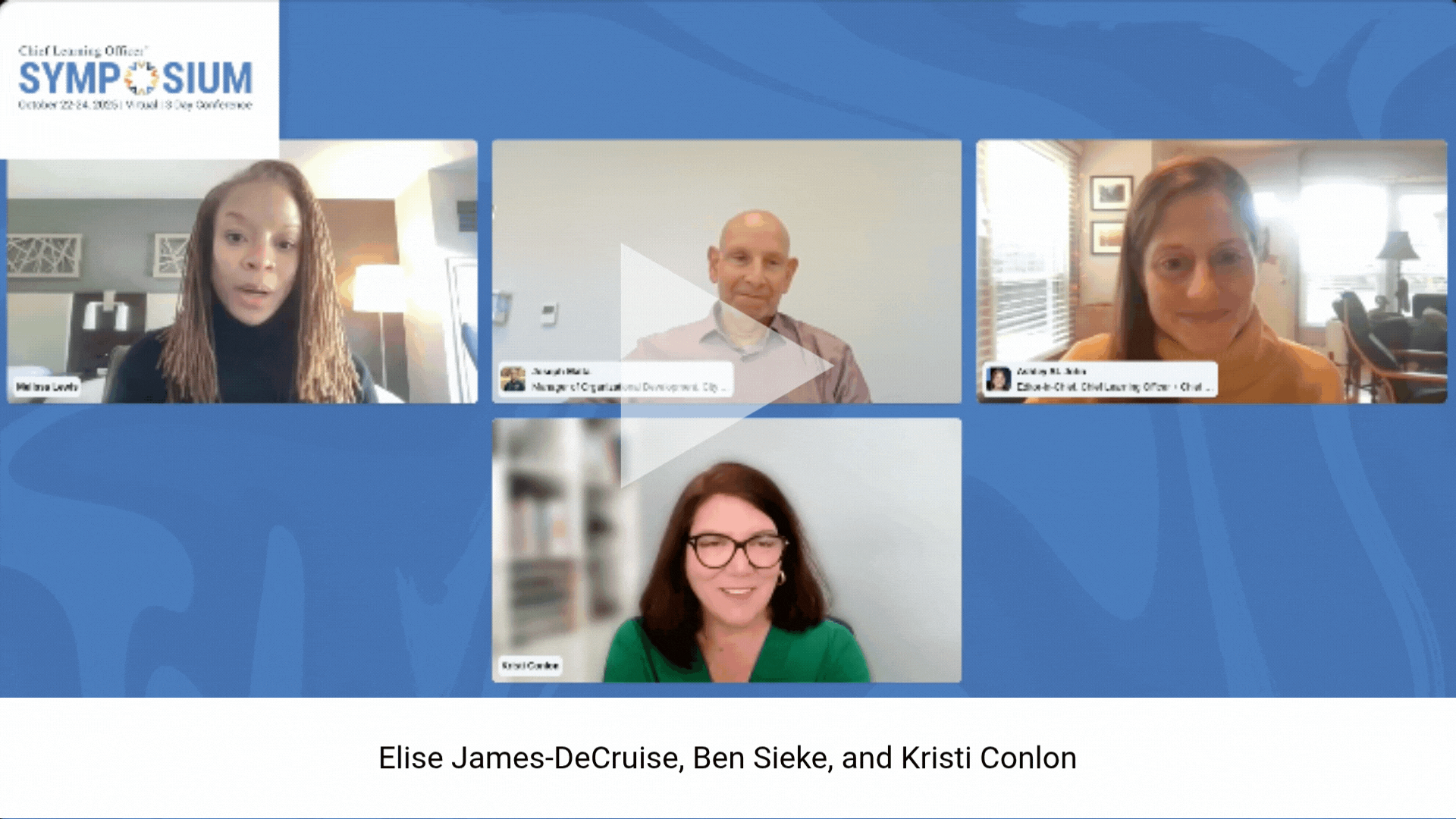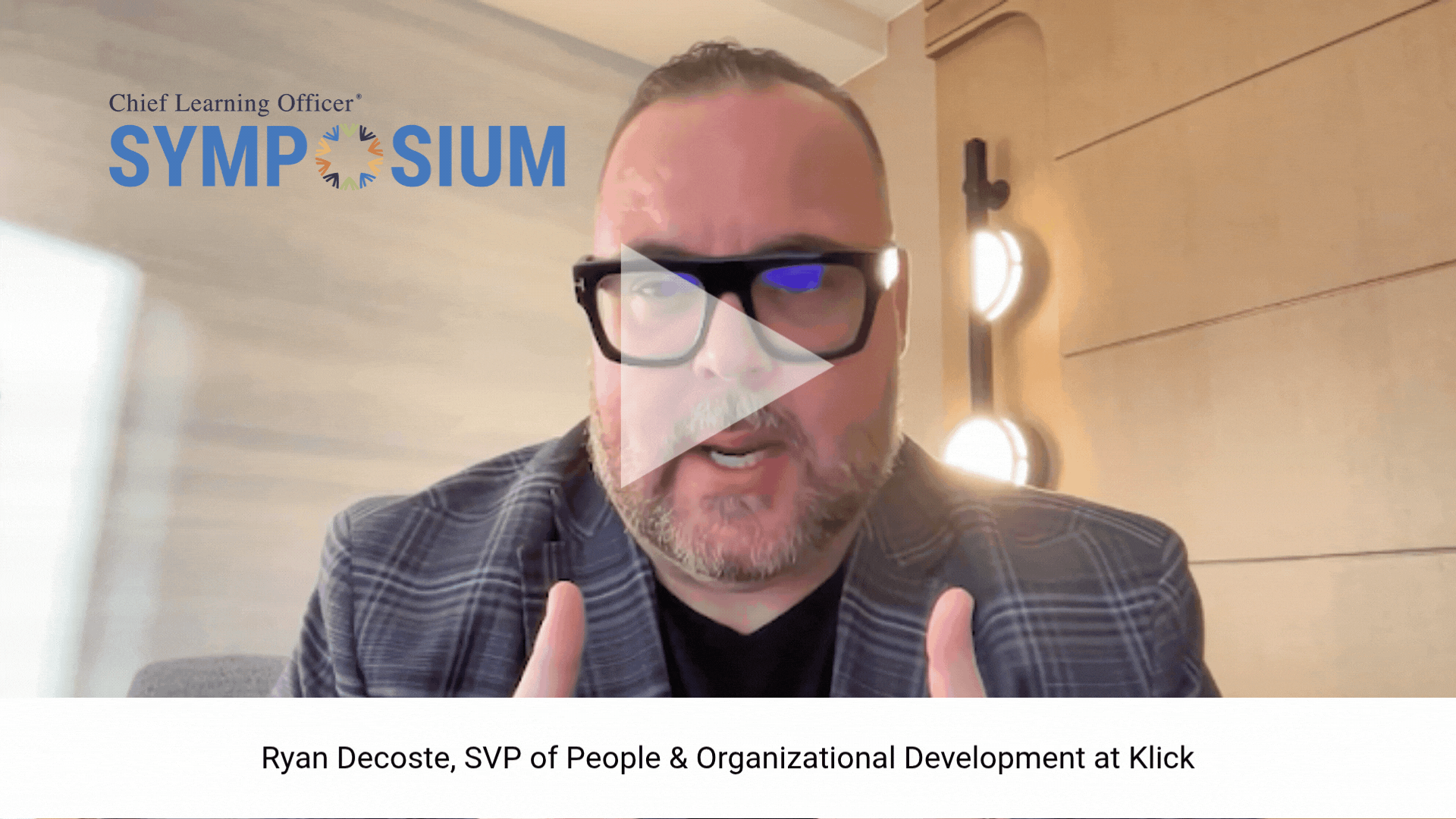Learning and development do not take place in a vacuum. They are deployed in the context of the strategy and performance of the total enterprise. How the outcomes (not the activities) of learning and development programs impact the performance of the enterprise is the essence of the business impact conversation. The challenge is to actually make the connection with defensible evidence.
Much of the learning community’s discussion about measuring business impact has been sidetracked in the sometimes-contentious debate about ROI. Given the passion around this measurement, I feel compelled to weigh in on the discussion with the points below.
The good news about ROI is that it is a normalized business-impact measurement that is universal — that is, ROI does not require an understanding of strategy or even intermediate performance measurements such as sales growth, productivity or -employee performance. This makes it extremely appealing in concept.
Unfortunately, the methods of ROI calculation, so well refined in balance-sheet investment analysis, do not neatly migrate over to the messy world of learning and development. As a result, when examining the business impact of learning, we have to step back from this ideal, at least until more comprehensive measurements and methods are developed.
The most straightforward way to think about business impact is to focus on the specific measurable performance indicators that relate to the strategy and goals of the enterprise. The key is that they are specific, not universal. This makes the design of business impact measurement more challenging. Some examples of the ROI models at several companies, as well as research at the Bellevue University Human Capital Lab, in conjunction with Capital Analytics, help make the case.
At Chrysler, not surprisingly, the business impact from sales training was measured in terms of unit sales increases relative to an internal control group, as well as measures such as unit profitability and employee retention. These business impact parameters clearly are directly related to the strategy and performance of the automotive manufacturer.
At Halliburton, the performance parameters are entirely different. Employee engagement at the company is not just a concept. It’s a specific, rigorously measured business parameter. Further, it is a high-level executive decision that employee engagement is a critical business performance impact parameter. Not all may agree, but for this company, this is a key outcome against which learning and development effectiveness is being measured.
At Verizon Wireless, the effectiveness of tuition reimbursement programs are regularly and routinely measured for impact on four key business parameters: recruitment, retention, job mobility and job performance.
These are the business parameters agreed to by Verizon Wireless executives as being critical business impact parameters for their strategy and performance. (You can see more about how this company implements its business impact processes in the CLO magazine article “Verizon Wireless: Getting ROI from TAP,” published in the December 2007 issue.)
The striking thing about these best-practice business impact parameters is that they are all very different. The ideal of a universal measurement still lies in the future.
The remaining question, then, is, “Why is measuring business impact important for learning executives?” Contrary to some past perspectives, business impact is not a backward-looking justification of learning and development already delivered, but a forward-looking perspective on how much of the enterprise’s resources should be committed to the activities in the future. The most critical decision is the resource-allocation issue. Simply put, learning and development programs that fail to have significant business impact should receive fewer resources, while those with measurable and significant business impact should receive more.
This gets right at the heart of the “seat at the table” concept: Measuring business impact is the ticket learning executives need to take that seat.















